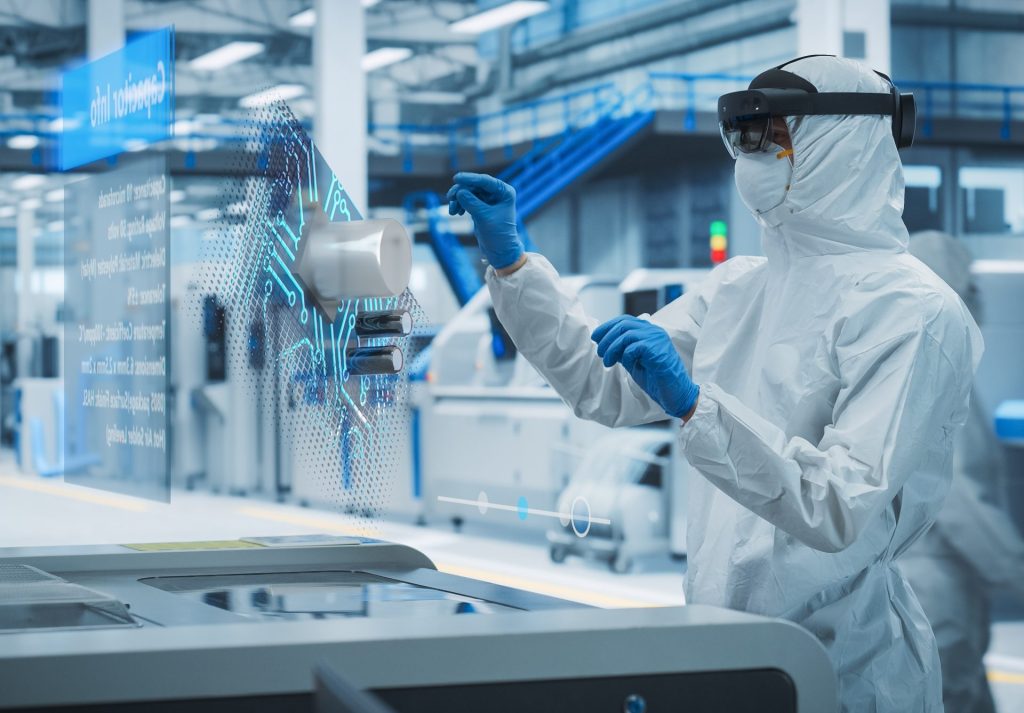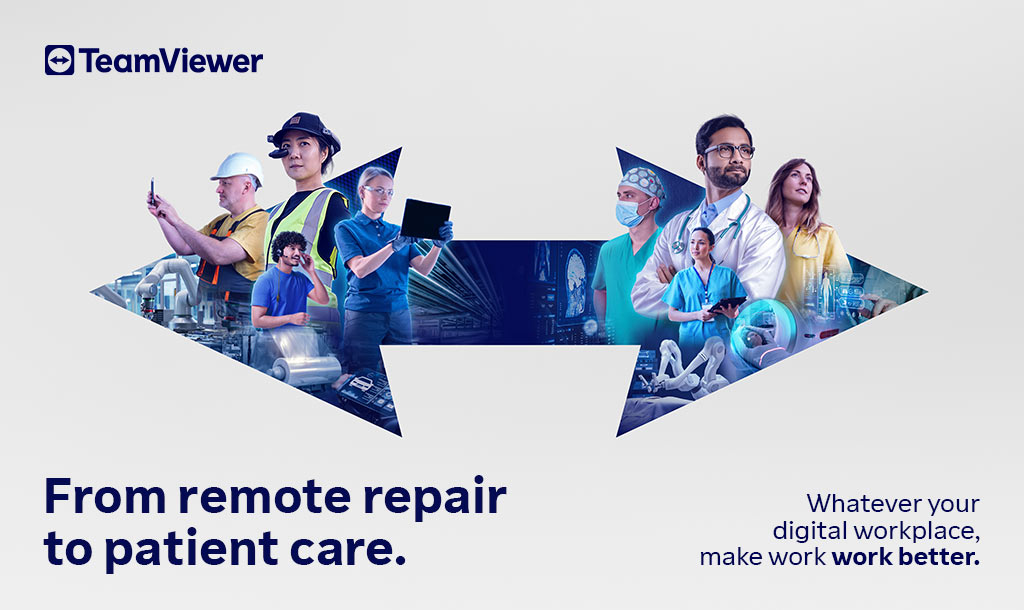Manufacturing processes and supply chains have become more complex over the past few years, making traditional methods insufficient to meet the demand for greater customisation and shorter production cycles. Manufacturers feel pressured by rising labour and material costs to find more efficient ways to produce high-quality goods. Additionally, the increasing need to meet environmental regulations and sustainability goals pushes manufacturers to adopt greener practices.
As global competition intensifies, manufacturers must find ways to innovate and stay agile to respond quickly to market changes. In short, they need to drive productivity, both in the workforce and in the machinery deployed in manufacturing plants.
Leaders are navigating a slew of technologies to enable them to deliver on the need for productivity. One underappreciated innovation is Augmented Reality (AR), a technology poised to redefine smart manufacturing as a whole.
Smart factories infused with AR capabilities are the next milestone in the journey to industrial productivity and efficiency, with the Augmented Reality market size expected to reach USD 71.2 billion by 2028 from 25.1 billion in 2023, while the Virtual Reality market size is expected to reach USD 29.6 billion by 2028 (from 12.9 billion in 2023).
Additionally, training and education also benefit significantly from AR. A report by Deloitte revealed that AR training yields a 75% learning retention rate and greater knowledge transfer.
Misconceptions about AR
However, several misconceptions about AR are stubborn to budge. Perhaps the most obvious is that AR is a recent, shiny technology that has yet to mature. However, the first virtual reality headset was created in 1968, and development has accelerated since the early 2000s.
Another major misconception is that AR is complex and costly to implement. In reality, there are solutions designed to be cost-effective and easy to deploy, whether on-premise or through the cloud, making them accessible for businesses at various scales.
And the need for simple intuitive technology is clear. As experienced workers approach retirement, it’s becoming increasingly important to find solutions to pass their valuable expertise on to the next generation.
Levelling-up training
As such training is essential for the continuation of productive and safe operations. By deploying smart glasses and industrial AR solutions, companies can enhance the onboarding processes and deliver practical, hands-on learning experiences. All while alleviating pressure on management teams who are likely stretched and may have limited alternative resources to deliver holistic training to new team members.
A well-trained workforce is inherently less prone to errors, and this reduction in mistakes serves as a robust booster for workplace productivity and health and safety. AR facilitates immersive and interactive training experiences, allowing employees to learn new procedures in a self-paced way or to engage with realistic scenarios that simulate their actual work environments. This hands-on approach not only accelerates the learning curve but also ingrains essential skills and protocols to drive up productivity.
With industrial AR solutions and smart glasses, traditional, theoretical classroom sessions and training manuals can be enhanced or even eliminated in favour of more practical, on-the-job learning. New and existing employees can receive real-time, visual guidance – in the form of 3D models and annotations of their physical environment – delivered straight into their field of view. This means they’re carefully guided through new processes, such as inspections or repairs, and can cultivate new skills far more quickly.
The road ahead: A better future, powered by AR and AI
Remote assistance and AR-enabled smart glasses or other devices like tablets and smartphones can provide real-time, on-site support from remote locations reducing downtime of manufacturing machinery. This not only cuts down on travel-related carbon emissions but also speeds up problem resolution and reduces downtime.
Embracing smart factory innovation by leveraging technologies like artificial intelligence (AI), machine learning (ML), and the Internet of Things (IoT) puts manufacturers at the cutting-edge of industrial progress, unlocking impressive improvements in productivity, efficiency, safety, sustainability, and product quality. Manufacturers need to adopt practical, data-driven solutions that optimise operations and build resilience. Leveraging real-time data, predictive analytics, and advanced automation, manufacturers can quickly adapt to market demands, minimise downtime through predictive maintenance, and boost sustainability by reducing waste and optimising energy usage.
The potential of AR extends beyond immediate operational improvements and promises to revolutionise the industry. By providing real-time interactive data, boosting accuracy, and amplifying worker capabilities, AR is establishing new benchmarks for efficiency and safety in industrial operations. As manufacturing continues to evolve and embarks on its next chapter, AR will undoubtedly play a critical role in shaping its future success.
Want to make your work more productive? Find out how here.
For more articles like this, visit our Digital Transformation channel.





